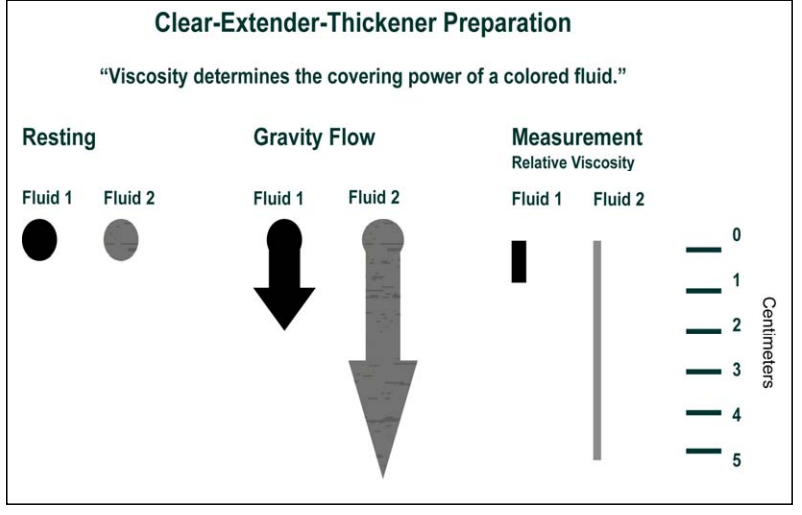PIGMENT PRINTING
A textile pigment print system includes the following parameters:
• Pigment: A pigment colorant is a colored organic substance that is not readily soluble in most common solvents and imparts coloration to textile substrates only when incorporated with an adequate binder system.
• Binder: A pigment binder is the latex polymer resin that forms a three-dimensional film on the surface of the fiber. This film contains the dispersion of textile pigment and will act to adhere the pigment to the surface of the substrate. The permanence of this film is dependent on the polymer type and the application conditions. Binder chemistry, performance, and application is covered in Technical Bulletin ISP 1008.
• Thickener: The pigment system is composed of the textile pigment dispersed in the polymerizable resin binder, which is further mixed into a synthetic thickener system, comprised of a long chain acrylic acid. The thickener enables the pigmented print paste to stay in place once it is deposited onto the fabric prior to drying. This system is applied to the textile substrate by the following means: rotary screen printing, flatbed screen printing, engraved roller printing, coating, padding, spraying, or immersion.
PREPARATION FOR PRINTING
Many cellulosic textile substrates have been used to produce decorated and colored articles. For minimum results, the following should be a guide. Preparation includes the following:
• A scour, with detergent and alkali to remove oils and waxes from the fabric and make it absorbent, is required.
• For cotton and cotton blends, an additional bleaching process may be included to further whiten the fabric and remove motes.
• In the case of cotton woven fabric, it is advantageous, although not necessary, that the fabric be causticized or mercerized to maximize color value and print appearance as well as to increase fabric luster and sheen. The concentration of sodium hydroxide (NaOH) needed to causticize cotton is 22ºBé. To produce mercerized fabric, the NaOH concentration needs to be increased to 28-32ºBé, and the fabric held under tension during application.
• Woven fabric should also be singed to remove surface fibers.
BASICS OF PIGMENT PRINT PASTE FORMULATION:
The development of a print paste begins with the thickener, which is used to control the viscosity of the paste. For pigments, a synthetic thickener composed of a long chain polyacrylic acid is used. These polymer acids, when neutralized, repulse each other by an electrostatic repulsion to form a 3-dimensional network that thickens the aqueous solution. This increase in viscosity is very useful in acting as an extender or thickener for the pigment colorant. The thickener is an integral part of this print paste, producing a much smoother and more controlled application especially in rotary screen-printing. The relationship between viscosity and printing is important in all types of textile printing applications. The synthetic thickener imparts a viscosity to an aqueous solution at rest. When stress is applied to this solution, such as when the squeegee forces the print paste through the screen, the viscosity is lowered. When the stress is removed, once the paste is through the screen and on the fabric, the viscosity of the solution returns to the point where it was, at rest, before the stress was applied. This principle is the basis for the rotary and flat screen-printing technique. Viscosity determines the covering power of a colored fluid. If a fluid flows slowly or not at-all, a large amount of force must be applied to compel the fluid to cover and therefore, color the surface. Fluids that flow readily are thin and may require multiple coats before the substrate is fully covered. In Figure 1, Fluid 1 has a high viscosity relative to Fluid 2, which has a low viscosity. If these two fluids are put on a plate next to each other and the plate is turned to vertical, Fluid 1 may take 10 minutes to flow one centimeter. Similarly, Fluid 2 flows five centimeters in one minute. This technique provides a way to measure the relative viscosity of the two fluids. The success of the printing system will depend on the balance achieved between these two viscosity platforms

Contact: Anita
Phone: 86-13606626623
Tel: 86-571-63167817
Email: sales@ccchemical.com
Add: NO.1 Building, No.226 Dalinshan Rd, Dongzhou Industrial Zone,Fuyang District,Hangzhou City,China